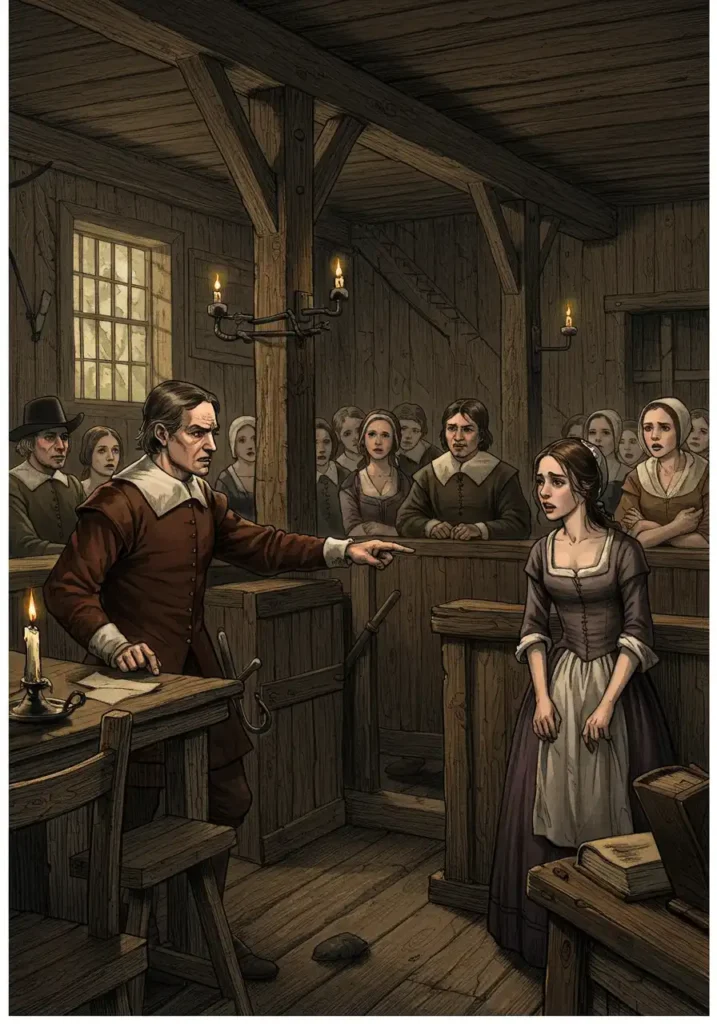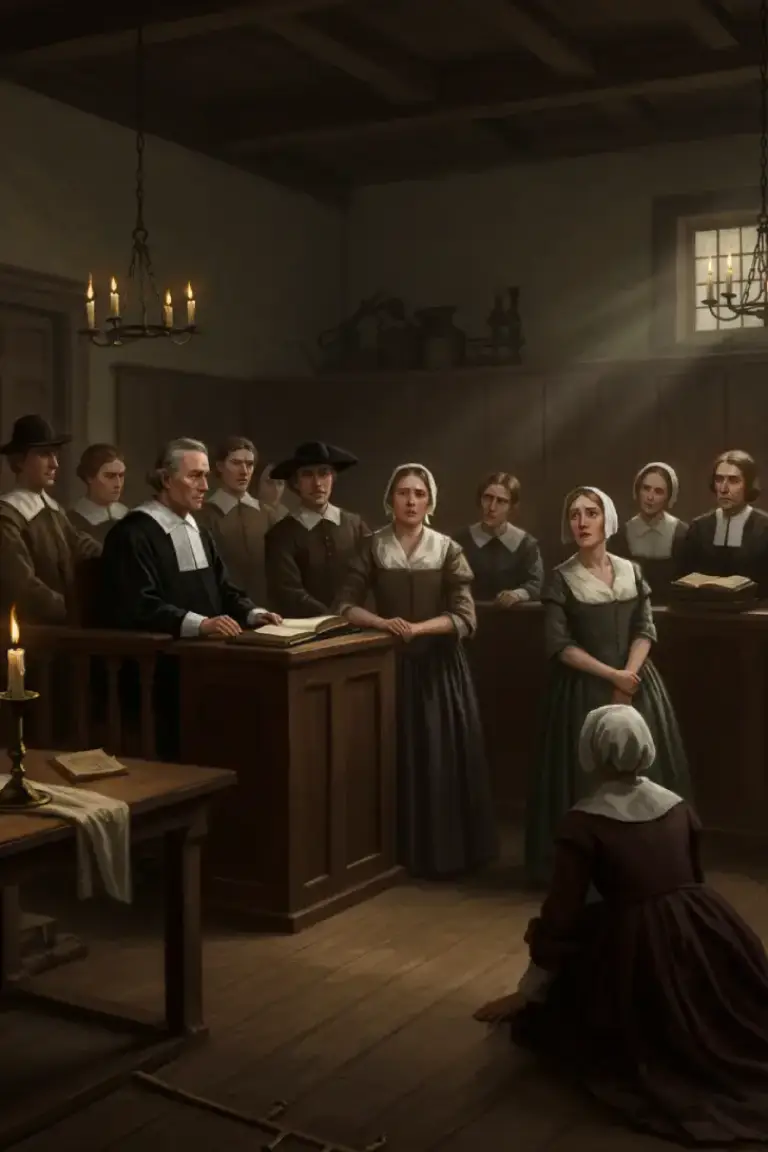The Salem Witch Trials remain one of the darkest chapters in American history, a chilling reminder of the dangers of mass hysteria, fear, and prejudice. Taking place in colonial Massachusetts between 1692 and 1693, these trials resulted in the execution of 20 individuals and the imprisonment of many more, all accused of practicing witchcraft. The events that unfolded in Salem Village reveal much about the social tensions, religious fervor, and psychological paranoia that plagued the era.
The Origins of the Salem Witch Trials
The Salem Witch Trials were set against a backdrop of religious extremism and superstition. Puritanism, the dominant religious belief in New England at the time, emphasized strict moral codes and a strong fear of the devil’s influence. The Puritans believed that witchcraft was not only real but also a direct threat to their way of life.
In January 1692, two young girls in Salem Village, Elizabeth Parris and Abigail Williams, began exhibiting strange behaviors, including violent fits, screaming, and contorted postures. The local physician, unable to find a medical explanation, attributed their condition to witchcraft. This diagnosis set off a chain reaction of accusations that would spiral out of control.
Fear and Hysteria Take Hold
As news of the “afflicted” girls spread, more people began to exhibit similar symptoms. Under pressure to identify the source of their torment, the girls accused three women: Tituba, a Caribbean slave; Sarah Good, a homeless beggar; and Sarah Osborne, an elderly woman who had fallen out of favor with the community. These women were easy targets due to their marginalized status in society.
The accusations quickly multiplied. In a deeply religious society where fear of the devil was pervasive, even the slightest suspicion could lead to an accusation. Gossip, grudges, and personal rivalries fueled the growing hysteria. Neighbors turned against neighbors as fear gripped the community, and the line between truth and fiction blurred.
The Trials and Executions
The accused were subjected to intense interrogations and trials that relied heavily on spectral evidence—testimony that the accused’s spirit or “specter” had harmed someone. This type of evidence was inherently unreliable but was accepted by the courts at the time.
Between June and September 1692, 19 individuals were hanged at Gallows Hill after being convicted of witchcraft. One man, Giles Corey, was pressed to death with heavy stones for refusing to enter a plea. Dozens more were imprisoned under harsh conditions, awaiting trial or eventual release.

The Aftermath
By early 1693, the hysteria began to subside as public opinion turned against the trials. Prominent figures like Increase Mather criticized the reliance on spectral evidence, and Governor William Phips eventually dissolved the special court that had been set up to handle witchcraft cases. Many of those accused were released, but for some, it was too late.
In the years that followed, efforts were made to atone for the injustice. Families of the victims were compensated, and official apologies were issued by both individuals and institutions. However, the scars left by this episode lingered for generations.
Lessons from Salem
The Salem Witch Trials serve as a cautionary tale about the dangers of mass hysteria and scapegoating. They highlight how fear can override reason and lead to devastating consequences when combined with prejudice and unchecked authority.
In today’s world, while we may no longer fear witches in the traditional sense, similar patterns of fear-driven persecution can still emerge in different forms—whether through misinformation, discrimination, or social panic. Remembering Salem reminds us to question our assumptions, seek evidence-based truth, and protect justice for all.
FAQs
1. Why did the Salem Witch Trials happen?
The trials were fueled by a combination of religious extremism, social tensions, fear of the unknown, and personal vendettas. The Puritans’ belief in witchcraft as a real and dangerous force played a central role in sparking the hysteria.
2. How many people died during the Salem Witch Trials?
A total of 20 people were executed—19 by hanging and one by pressing with stones. Additionally, many others suffered imprisonment or social ostracism.
3. What role did spectral evidence play in the trials?
Spectral evidence was testimony that claimed an accused person’s spirit had harmed someone while their physical body was elsewhere. It was heavily relied upon during the trials but later criticized for its lack of reliability.
4. How did the Salem Witch Trials end?
The trials ended when public opinion turned against them, partly due to criticism from religious leaders like Increase Mather and Governor William Phips’ decision to dissolve the special court handling witchcraft cases.
5. What lessons can we learn from the Salem Witch Trials?
The trials teach us about the dangers of mass hysteria, prejudice, and uncritical acceptance of evidence. They remind us to uphold justice and protect against scapegoating in times of fear or uncertainty.
The Salem Witch Trials remain a sobering reminder that even well-meaning societies can fall prey to fear-driven injustices. By studying this dark chapter in history, we can strive to ensure that such events are never repeated.



